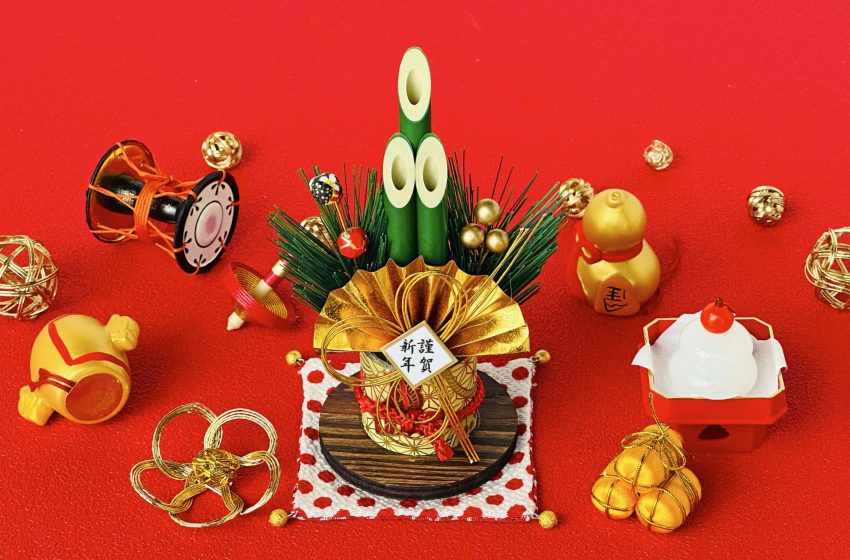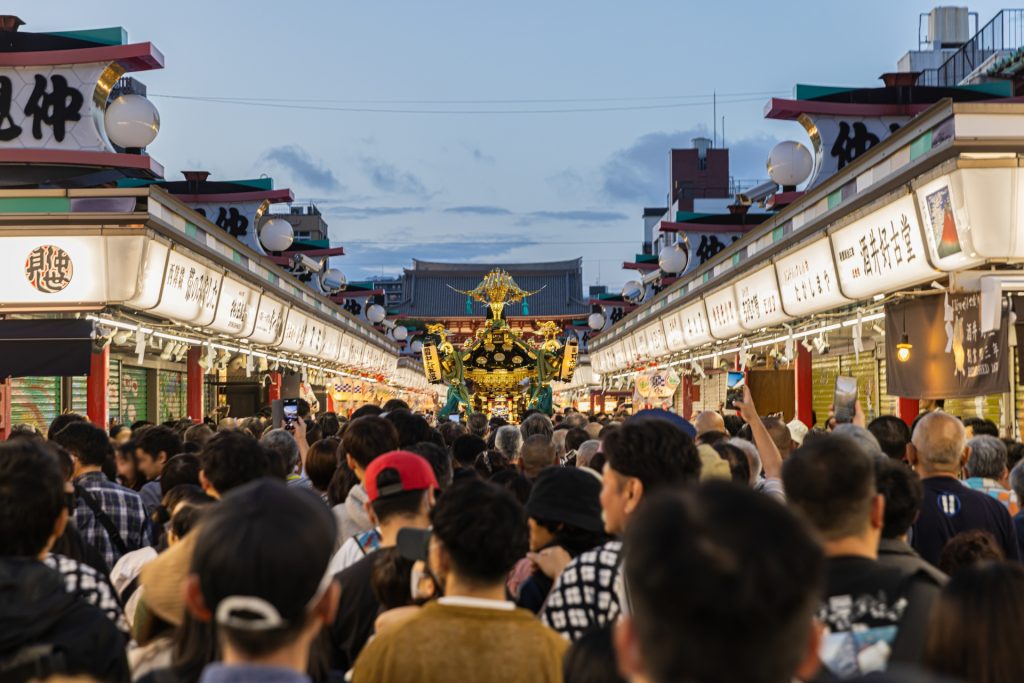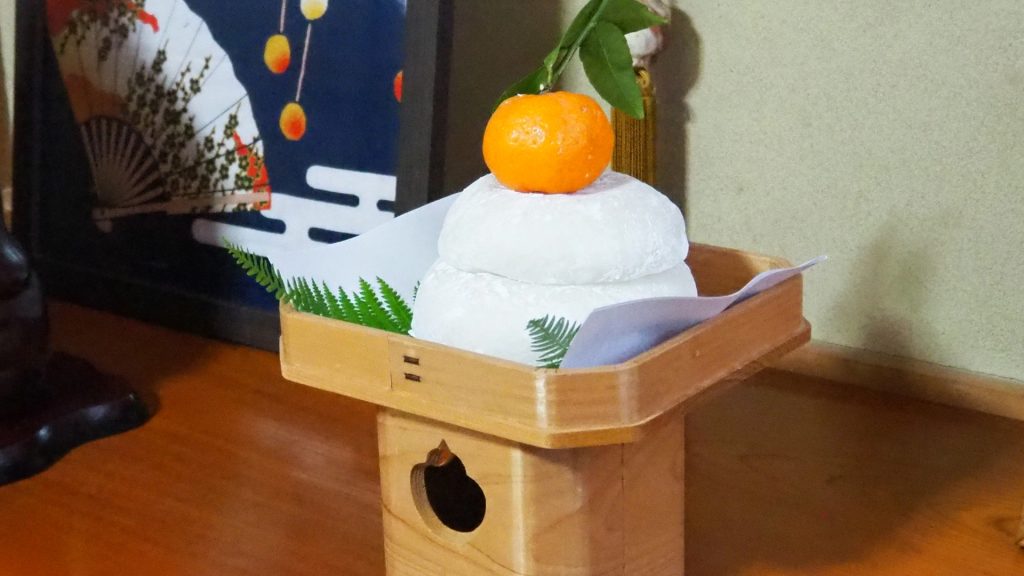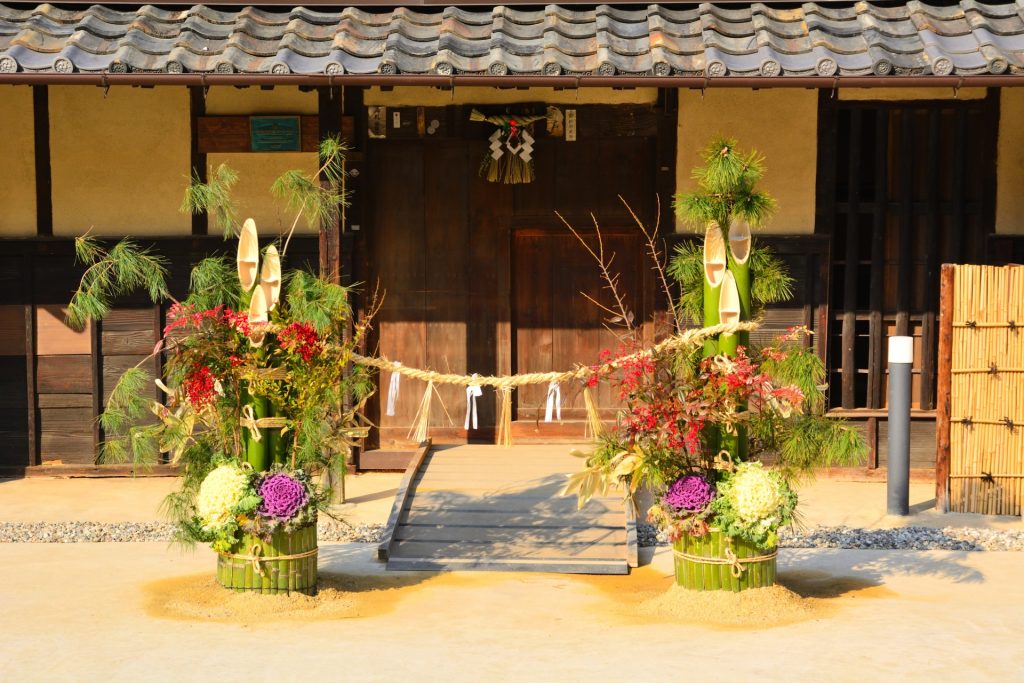
Celebrating New Year in Japan: Traditions and Festivities
Welcome, travelers and culture enthusiasts, to a journey into the heart of Japan’s most important holiday – New Year or “Shogatsu.” This isn’t just a festive occasion; it’s a profound cultural experience steeped in tradition, reflection, and joy. Whether you’re in Japan during this special time or planning a future visit, understanding how the Japanese celebrate New Year can enrich your appreciation of the country’s culture.
The Significance of New Year in Japan
New Year (January 1st) is considered the most significant holiday in Japan, much like Christmas in many Western countries. It’s a time when families gather, shrines and temples buzz with activity, and the whole country takes a few days to reflect on the past and welcome the future. The celebrations aren’t just limited to the first day of January; they extend before and after, making it a season of joy and reflection.
Traditional New Year Customs
1. Osechi-ryori: These are special dishes prepared before New Year’s Eve and eaten during the first three days of the new year. Each dish and ingredient in Osechi has a specific meaning, such as good health, fertility, good harvest, happiness, and long life.
2. Joya no Kane: On New Year’s Eve, temples all over Japan ring their bells 108 times to dispel the 108 worldly desires of humans. Many people visit temples after midnight to pray for the New Year.
3. Hatsumode: The first shrine or temple visit of the year is called Hatsumode. People flock to these spiritual sites to pray for a good and prosperous year, buy new charms and amulets, and return the old ones.
4. Otoshidama: It’s a custom where adults give money to children in small decorative envelopes called “pochibukuro.” It’s a much-loved tradition, and children look forward to receiving these gifts.
New Year Decorations
1. Kadomatsu and Shimenawa: These are placed in front of homes to welcome ancestral spirits and gods of harvest. Kadomatsu is a pine decoration that symbolizes longevity and prosperity, while Shimenawa, a sacred straw rope, wards off evil spirits.
2. Kagami Mochi: This consists of two round mochi (rice cakes), with the smaller one placed atop the larger one, and a daidai (Japanese bitter orange) on top. It’s a traditional decoration meant to bring good luck.
New Year Activities
1. Watching the First Sunrise (Hatsuhinode): Many people wake up early on January 1st to watch the first sunrise of the year, symbolizing the beginning of a fresh and auspicious start.
2. Playing Traditional Games: Families and friends enjoy traditional games like “Hanetsuki” (similar to badminton), “Koma” (spinning tops), and “Karuta” (Japanese card game).
3. Writing New Year’s Cards (Nengajo): It’s customary to send these postcards to friends and family, wishing them well for the New Year. They often feature the zodiac animal of the upcoming year.
Conclusion: A Festive and Heartwarming Time
Celebrating New Year in Japan is an immersive experience that offers a deep understanding of the country’s values and social bonds. It’s a time of joy, reflection, family, and renewal. Whether you’re watching the first sunrise, tasting Osechi-ryori, or joining the crowd for Hatsumode, you’re participating in a tradition that has been cherished for centuries.
As the New Year approaches in Japan, the spirit of festivity, the sense of togetherness, and the hopes for the future come together in a beautiful symphony of celebration. Here’s to experiencing and embracing the wonders of a Japanese New Year!
Happy New Year, or as they say in Japan, “Akemashite omedetou gozaimasu!”




